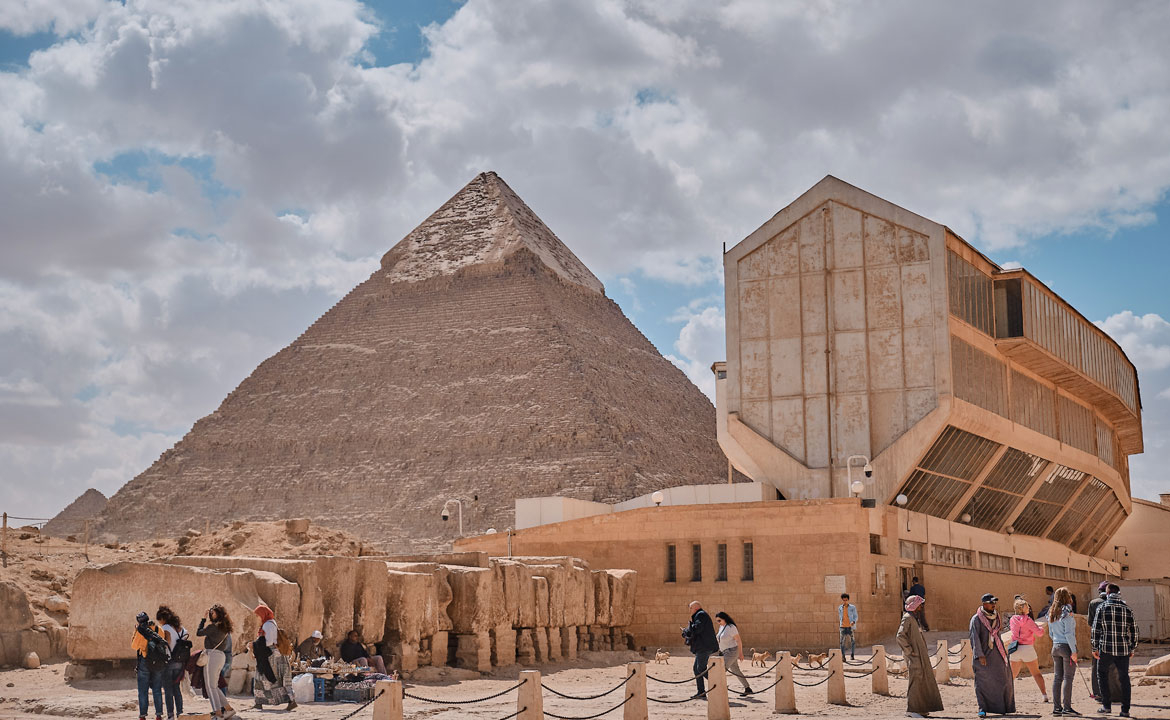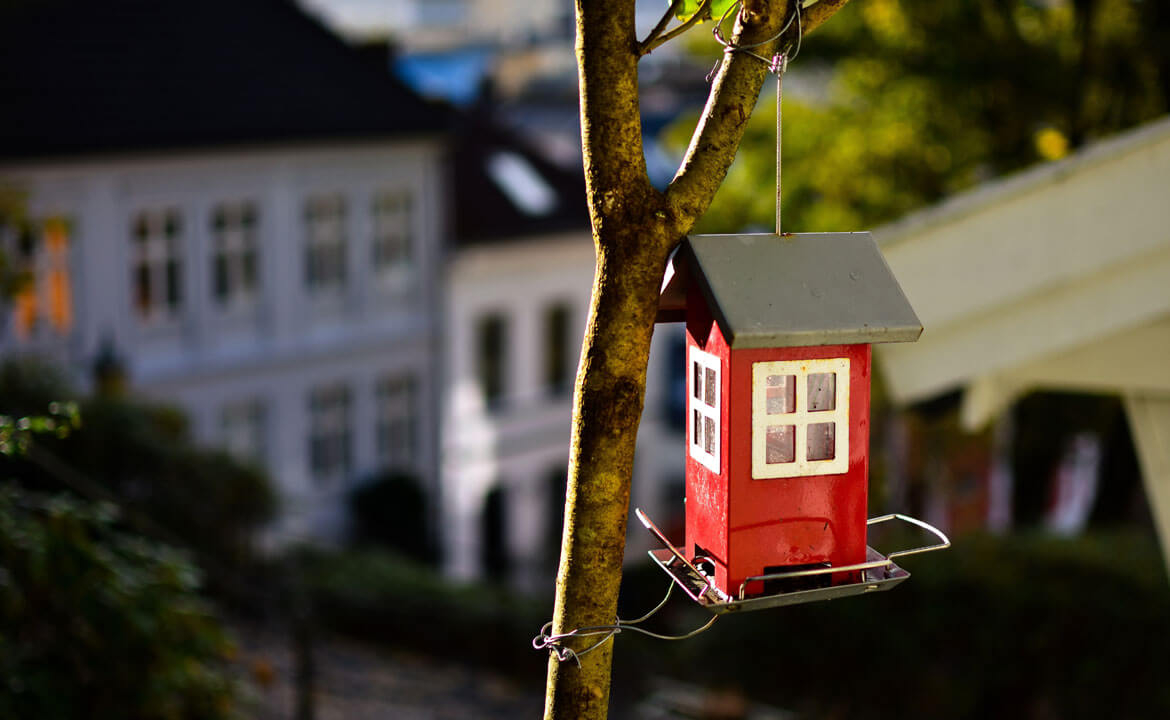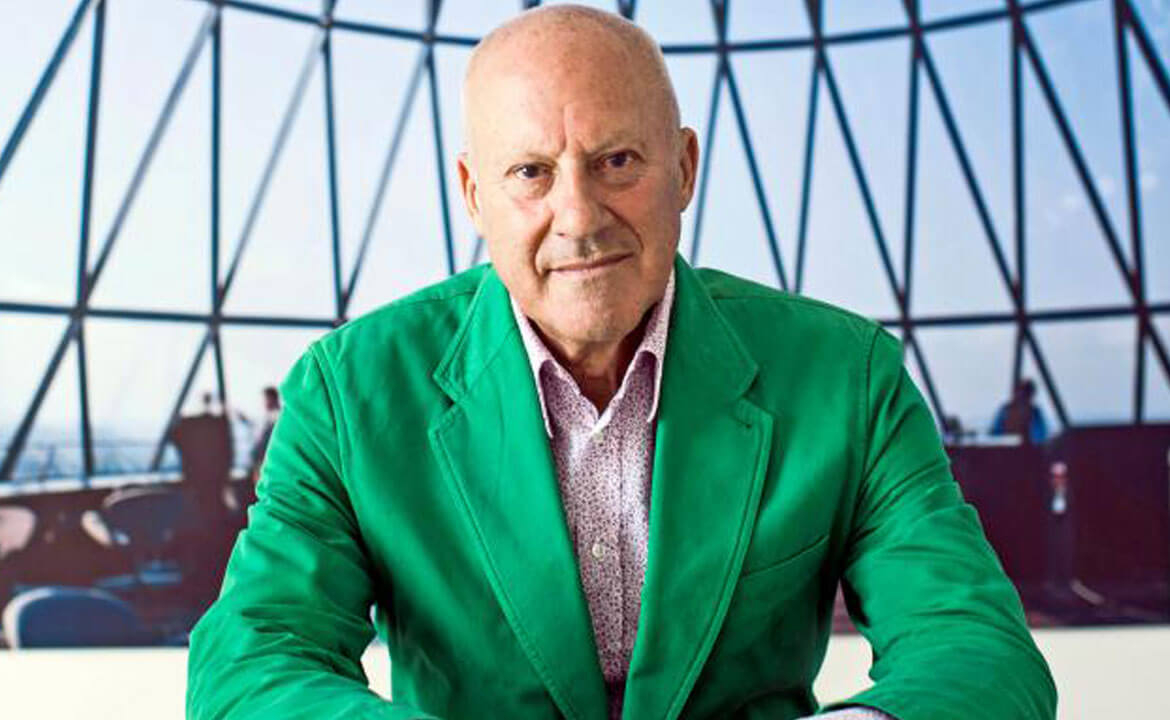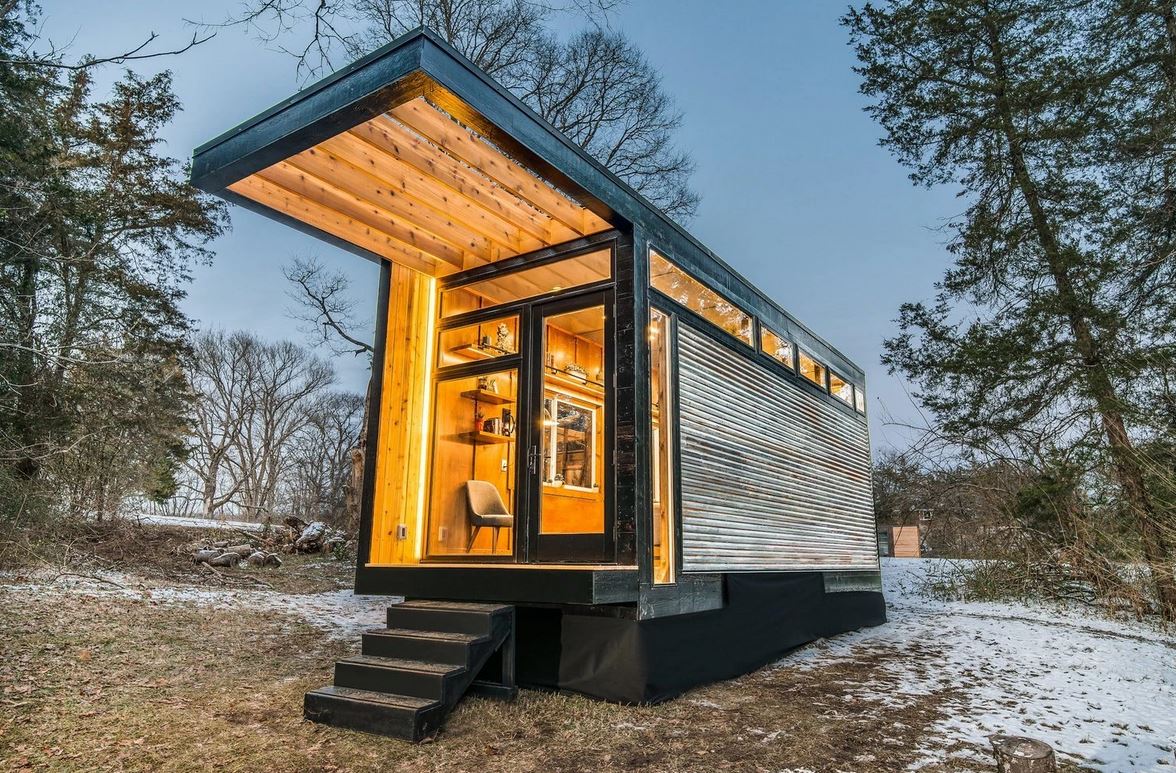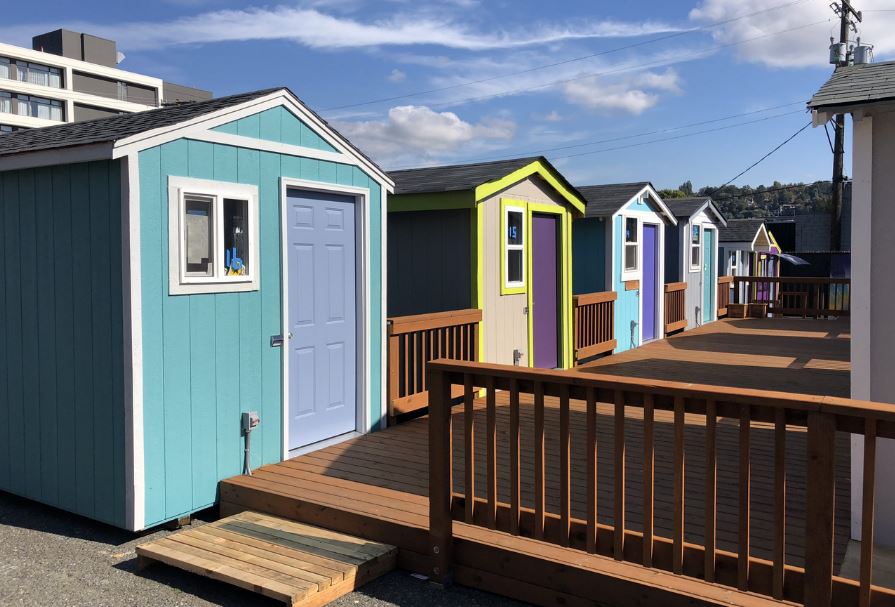Vernacular architecture evolves over time, reflecting the characteristics of the local environment, climate, culture, natural materials, and technology, and the experience of centuries of community building. In Africa, there seems to be a conscious effort to upgrade and reinvent aesthetic interpretations to accommodate a global audience within the framework of public infrastructure, such as airports and stadiums. Starchitects like Diébédo Francis Kéré and Lesley Lokko continue to push boundaries and redefine the landscape with rural hi-tech architecture and hybrid housing models.
Meanwhile, cities like Senegal, Gabon and Accra flourish and exhibit manifestations of an alternate habitat. These new designs are organic in shape and climate-resilient, and industry soothsayers are humming the tune of a renaissance in African architecture. Growth in national incomes and a rising middle class have led to reinterpretations of the construct of the home. Recently, art gallery owner and developer Gavin Rooke took over Monaghan Farm and teamed up with Karlien Thomashoff to design a new low-cost house inspired by traditional architecture. Speaking of efficient housing, African architects and builders can take inspiration from their own architectural history. Ancient structures from early Sotho and Tswana settlements in South Africa and Botswana have survived the test of time. In fact, stone-lined pit circles with sunken kraals for pygmy cattle found in Zimbabwe have been the subject of many an archaeological study. Stone-corbeled shelters and circular huts with thatched roofs have also been discovered in the 20th century among the southern Sotho. In areas where wood was scarce, a coil pottery technique was developed to construct structures made out of mud. Each layer is about half a meter in height. Concentric circles of mud were lined one top of the other, allowing each ‘lift’ to dry before adding the next. The Musgum, an ethnic group in Cameroon, created homes from compressed sun-dried mud, with tall conical dwellings and geometric raised patterns. Another tribe, the Batammaliba of Togo and Benin, in the pursuit of cosmogony, created two-story dwellings as an expression of their study of the origin of the universe. Back to the future The continent is home to about 1.2 billion people. According to the UN, the population of Africa is estimated to cross 4.5 billion by 2100. How does Africa plan to address the needs of its growing population? Time will tell. ResearchGate: Jean-Marie Tjibaou Cultural Centre,

